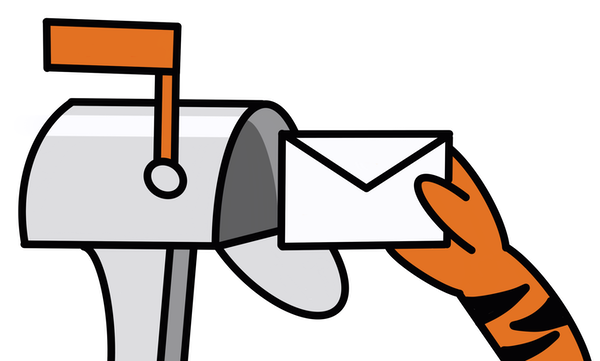So I was more than a little disappointed when I entered my statistics class to find that the professor was a fully dressed, middle-aged German man. I resigned myself to a decidedly less-than-sexy semester and instead chose to read through the recent slew of numbers and percentages released by the administration on applications to Princeton.
The initial take-away message is that Princeton has come up short. Our 2 percent rise in applicants is paltry compared to Brown’s 21 percent or Yale’s 8.5 percent. But a deeper look at the statistics reveals something more, um, titillating. In at least one way that matters, Princeton may well have increased the quality of our applicant pool more than did many of our sister universities.
The value placed on the raw number of students who apply to a university is baffling. What do we think that that number tells us about a college? If it alone were an indication of desirability, then we would consider state universities the ultimate in higher education.
I suspect, however, that people care a great deal about application numbers since they are a major factor in that all-important statistic: acceptance rate. Since every point counts in our eternal struggle with the likes of Harvard and Yale for the No. 1 spot, the 1.5 percent of our U.S. News and World Report ranking that is determined by our acceptance rate matters a great deal to many Tigers.
But true to the old adage, the raw number of applicants reveals little of value, for there are far more qualified applicants than spaces available in any given class. That 148 students were accepted off the waiting list last year makes it perfectly clear that many fully qualified students are not initially accepted. Further, simply increasing the number of applicants will not increase the number of qualified candidates. Quality — not quantity — is what matters most.
Princeton deserves credit for being among the first universities to realize that the most efficient way to raise the quality of our applicants is to increase the number of applicants from underprivileged backgrounds. I would argue that there are just as many smart students from middle- and lower-income backgrounds as there are students from wealthy backgrounds. But less-privileged students are less likely to apply to Princeton either because they do not think they can get in or because they do not believe that they can afford the education.
No one has to inform the top students at Exeter that they should apply here: Their parents and teachers all tell them they should. But it takes a great deal of effort to convince the top student at an underserved D.C. public school to consider applying. Yet the kid from D.C. is just as likely as the kid from Exeter to be the next John Nash.
To encourage lower- and middle-income students to apply, the Office of Admission has engaged in a large-scale effort to publicize the University’s generous aid packages. As a result, the number of applicants who applied for financial aid this year increased 6.67 percent to 75 percent of the applicant pool. By contrast, the number of applicants who applied for financial aid at Harvard only increased 5 percent. (Similar numbers have not yet been released for Yale, Stanford or Brown).
This is the good news. The bad news is that while 70 percent of the applicants in last year’s pool applied for financial aid, only 56 percent of the Class of 2012 is on financial aid. This could mean that students who applied for financial aid were admitted at a lower rate than those who didn’t.
Correlation does not equal causation. But it is perplexing that the Office of Admission would spend so much time convincing lower- and middle-income students to apply only to have so many of them rejected. This suggests that the admissions process is helping the privileged maintain their privilege at the expense of everyone else.
Yet every year is a new year, and one should not presume to know the make-up of the next freshman class before the Office of Admission has worked its magic. I, along with 21,886 high school seniors, eagerly await the April’s statistics detailing the composition of the Class of 2013. I hope they’ll reveal something pleasing.
Adam Bradlow is a sophomore from Potomac, Md. He can be reached at abradlow@princeton.edu.









